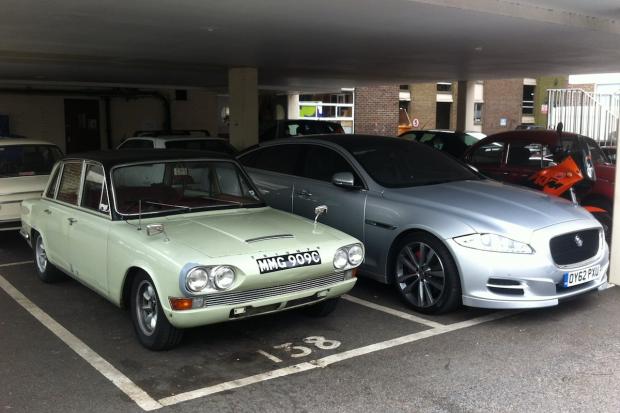
It's easy to criticise modern car design, everything being oversized and bloated as shark-shapes have become whales.
In fact, there's a brilliant thread on C&SC's sister site Pistonheads called Classics dwarfed by moderns in which people take snapshots of perfectly reasonably sized old cars looking like Dinky toys next to their modern counterparts.
I have contributed to this a few times and recently took the opportunity to snap a 1960s take on a roomy, high-performance four-door, four-seater executive saloon next to its modern equivalent (ironically being run by PH's Paul Garlick) in the Haymarket car park to illustrate the point.
Admittedly this is like shooting fish in a barrel because the mantra we hear over and again is that we should consider the plight of the stylists and designers and the strictures they are having to adhere to.
Thanks to safety regulations, they say, you simply can't build a modern car on the same scale.
Or can you?
MX-5s may have long-since passed through middle-aged spread and on to morbid obesity compared to their lithesome youthfulness, but what about that 1990s rash of zippy little Kei cars: the Beat, the Cappucino et al? These things were as small as a Lotus Elan. Or, even more recently the Smart Roadster. Small cars can still be built, so why aren't they?

Consider something like the evolution of the 911, it's bulking up (and bursting the banks) has been repeatedly brought to our attention this year thanks to the model celebrating its 50th anniversary.


